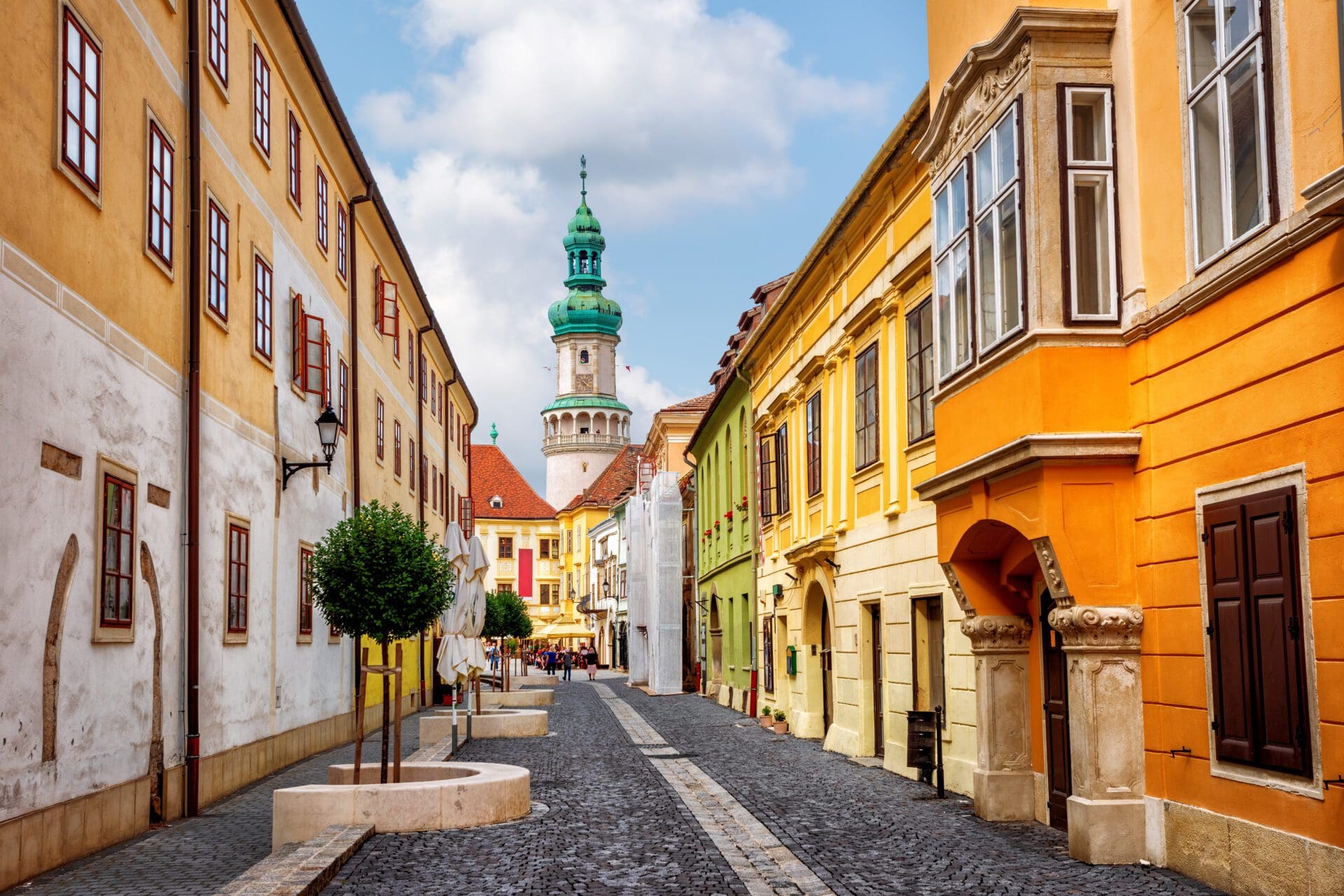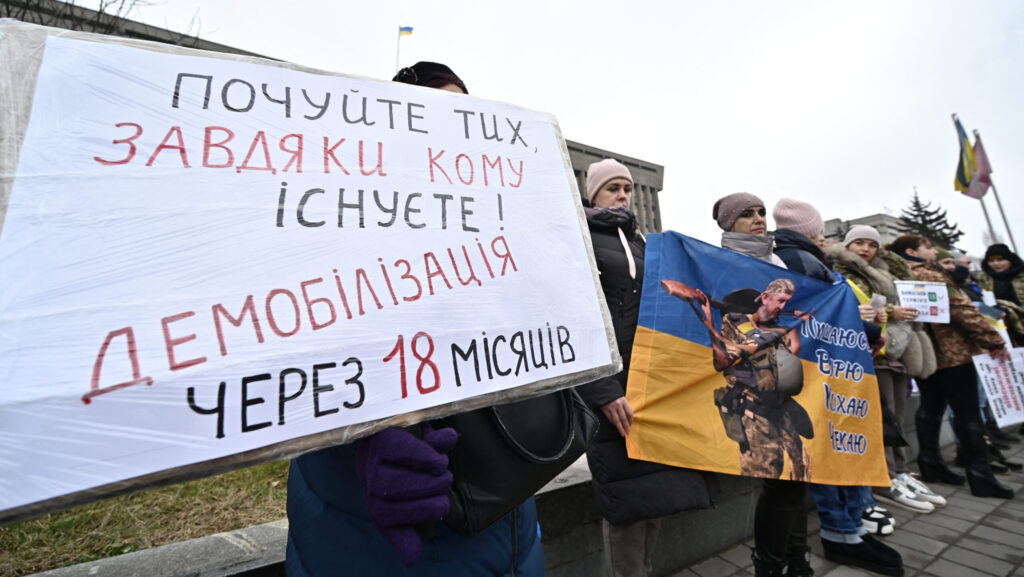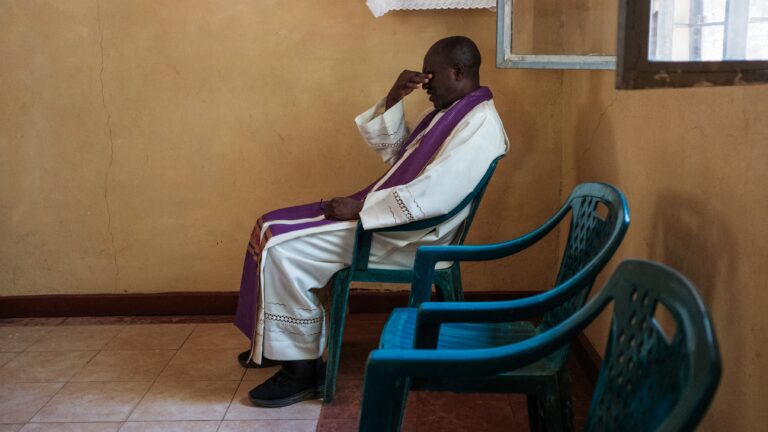On 14 December 2001, on the 80th anniversary of a referendum held in 1921 in the Western Hungarian town of Sopron was selected to mark the Day of Loyalty. In the 1921 referendum, the residents of Sopron voted to remain part of Hungary rather than join Austria, thereby gaining the name Civitas Fidelissima, meaning The Most Faithful Town. The Trianon Peace treaty that was signed on 4 June 1920 and which ended World War I awarded Sopron and the neighbouring villages to Austria. By 26 August 1921, the Hungarian forces had mostly left the region, surrendering it to the incoming Austrian troops. In Sopron, however, the Austrian army met with the unexpected opposition of young university students who took up arms to reject the imposition of Austrian rule. The town successfully resisted multiple attempts of occupation by the Austrian army, so in the end, to resolve the conflict, Hungary and Austria—with Italian mediation—sat down to negotiate the fate of Sopron.
According to the agreement reached on 13 October 1921, Hungarian forces withdrew from the region until the residents themselves could decide about the fate of their town in a free and fair referendum. Referenda were held not only in Sopron but in neighbouring localities as well, deciding over the fate of a 257 square metre territory. Men and women above 20 years of age were eligible to vote if they had been born in the region or had been living there since December 1918. Voters received an envelope with a blue slip of paper with the word ‘Hungary’ written on it, and an orange piece of paper with the word ‘Austria’ written on it. Those who wished to vote for Hungary had to tear the orange slip of paper into pieces and put the pieces as well as the intact blue paper back into the envelope and seal it. Even though a significant proportion of the residents of Sopron spoke German as their mother tongue, the majority voted to belong to Hungary. As many as 72.8 per cent voted for remaining part of Hungary, while if the neighbouring localities are taken into account as well, the percentage of pro-Hungary votes was 65.1 per cent. In Nagycenk, the home village to the great Hungarian statesmen István Széchenyi,
over 90 per cent of the population chose Hungary, honouring the memory of the exceptional aristocrat who had dedicated his entire life to his country.
The participation rate was record high all across the Sopron region: 89.5 per cent of eligible voters cast their vote. Respecting the will of the people as clearly expressed in the referendum, on 1 January 1922, Sopron and the majority of the neighbouring region were handed back to Hungary. The town’s loyalty to the motherland is celebrated annually on this day.
The Sopron archives also played a role in convincing the population that Austria had no claim for the city. In 1921, a book was published by the archives which included the oldest available documents issued to the town between 1162 to 1406. The book gathered 371 historical documents to demonstrate the town’s thousand-year-old history in Hungary. Of the documents, 166 were issued by Hungarian kings and only four by Austrian rulers—the numbers left no doubt that Sopron’s historical heritage was part of that of the Kingdom of Hungary. The residents of Sopron were also reminded of 1273, when the king of Bohemia and Duke of Austria, Ottokar II wanted to occupy the town, but the population resisted the invading army. For the bravery and loyalty of the people of Sopron the town was awarded the status of a free royal city by Ladislaus IV of Hungary in 1277.








